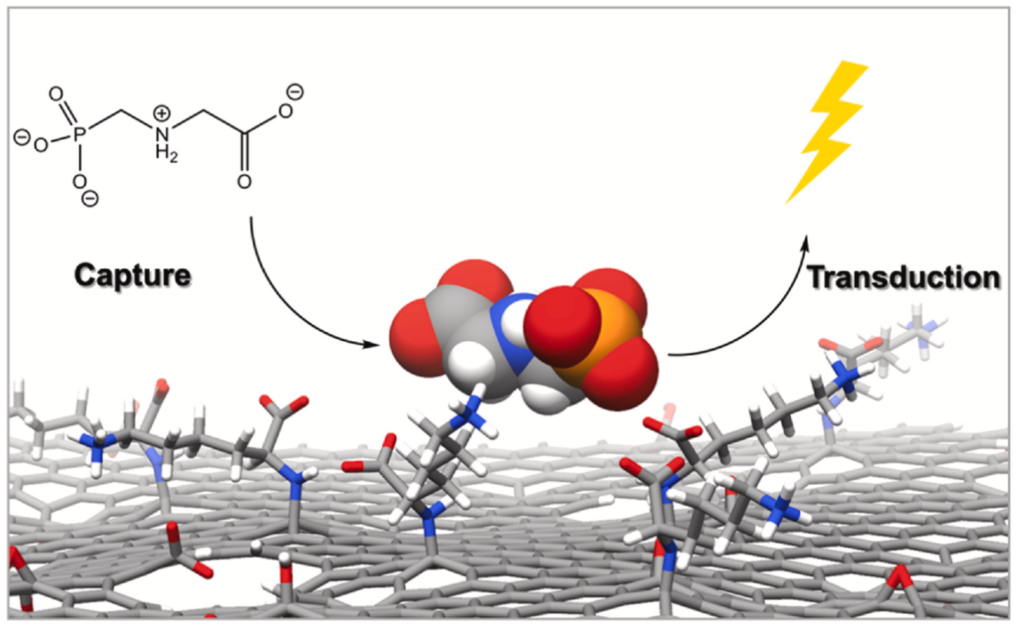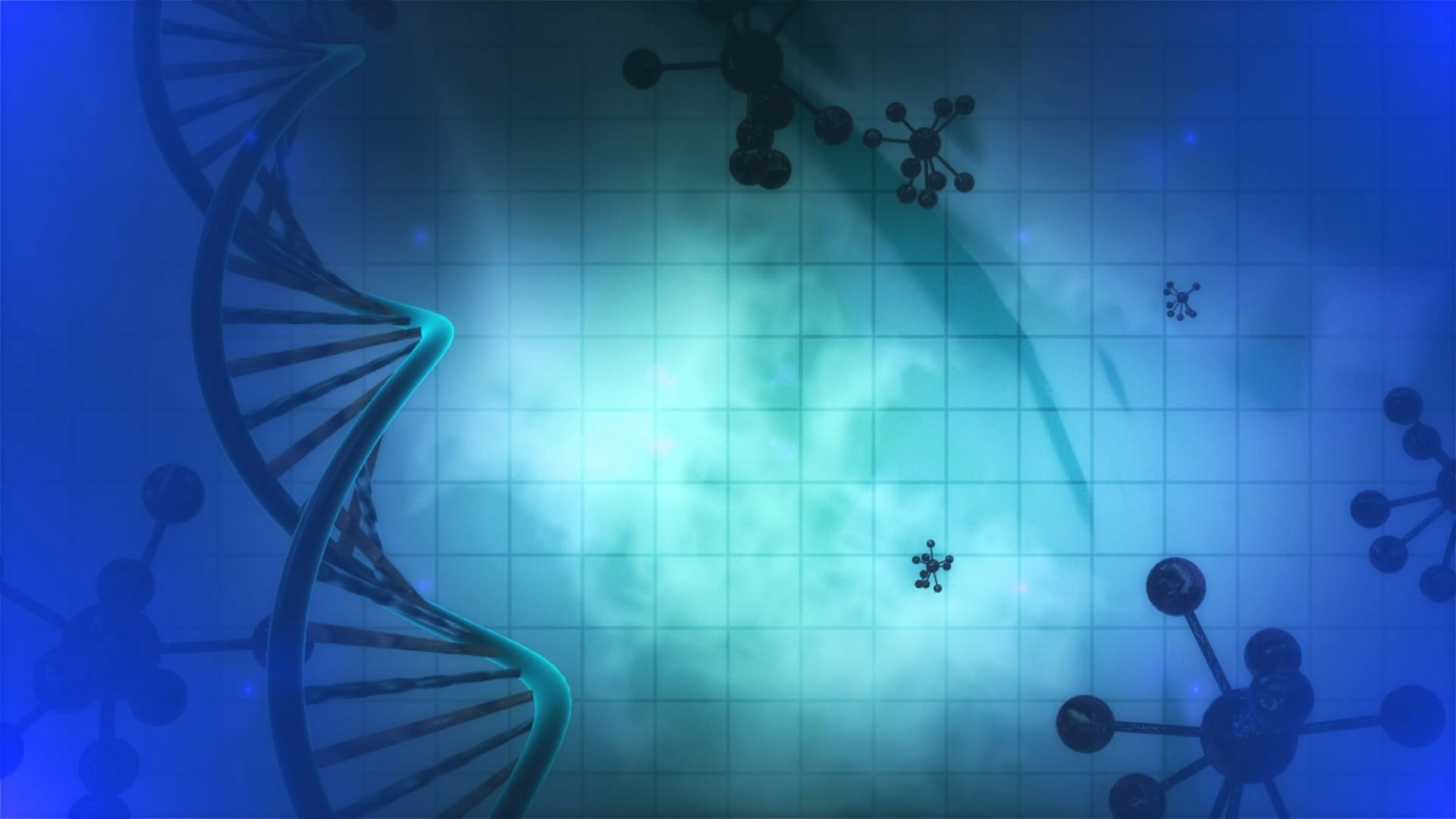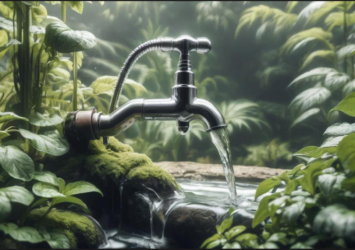
Assuring water safety is considered a global priority highlighted in the Agenda 2030 of the United Nation as Sustainable Development Goal 6. Analytical tools to assess the presence of contaminants of emerging concerns in water are urgently required to map, prevent and, eventually, reduce chemical and risks especially linked to drinking water consumptions. At present, chemical analysis of drinking water is performed mainly by chromatographic techniques which can only guarantee very punctual monitoring of chemical parameters. For these limitations, the integration of sensor systems in the water distribution network is getting increasing interest in water monitoring.
ISOF, in collaboration with the University “Ca’ Foscari” of Venice, is developing innovative materials which can at the same time capture and detect chemical pollutants in tap water.
“We chose Glyphosate to test the effectiveness of these materials, due to the current concern deriving from the presence of this herbicide in many water compartments.” Says Chiara Zanardi, one of the main authors of the work. “Thanks to the combination of adsorption and electrochemical tests, we could define that tailored graphene oxide derivatives can allow the recognition of glyphosate in water even when present at concentration as low as 2 μg/L, only after 15 min of contact time”.
Full article:
Giulia Moro, Sara Khaliha, Angela Pintus, Sebastiano Mantovani, Matteo Feltracco, Andrea Gambaroa, Tainah D. Marforio, Matteo Calvaresi, Vincenzo Palermo, Manuela Melucci, Chiara Zanardi
Materials Today Chemistry 36 (2024) 101936


